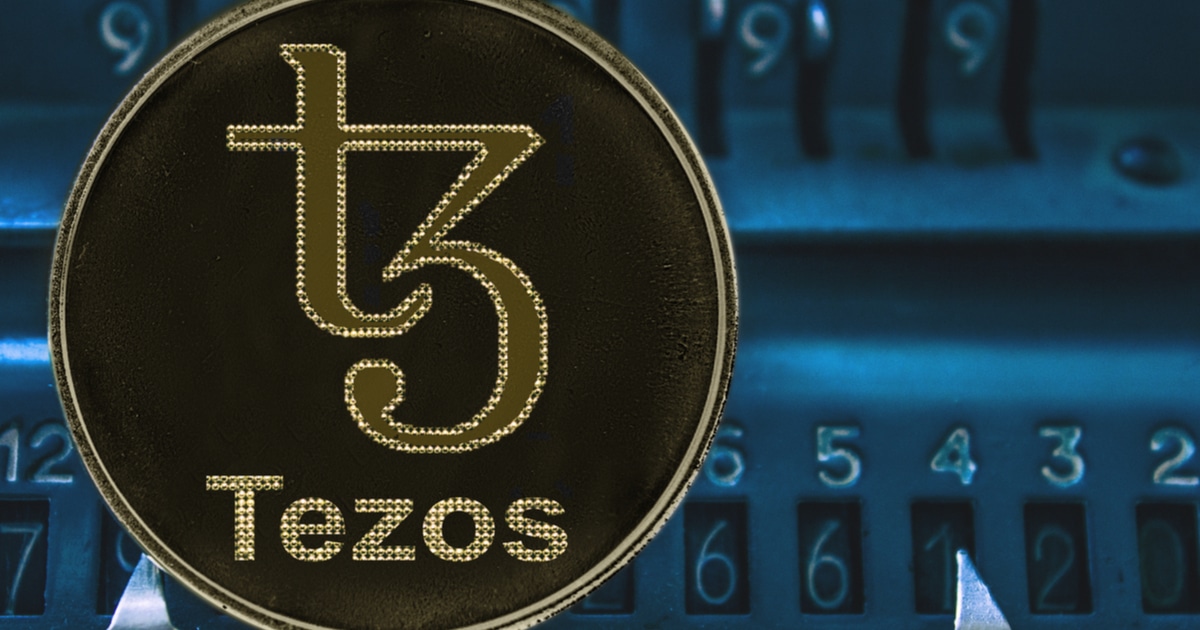Tezos Activates Data Availability Layer to Boost Scaling Efforts
Luisa Crawford Jun 07, 2025 12:35
Tezos has activated its Data Availability Layer (DAL), a crucial component in its scaling roadmap. This development aims to enhance rollup scalability and decentralization.

The blockchain network Tezos has activated its Data Availability Layer (DAL), marking a significant milestone in its scaling roadmap, according to Tezos. This advancement is seen as pivotal for enhancing the scalability and decentralization of Tezos' network, particularly in its support for rollups.
Understanding the Data Availability Layer
The DAL is designed to ensure that crucial data is publicly accessible at the right time, which is vital for the secure and efficient execution of rollups. Unlike traditional storage solutions, the DAL functions as a 'proof of publication' system, ensuring data is available for rollups to operate without being constrained by Layer 1 block sizes.
This system allows data to be efficiently distributed across the network, utilizing sharding and redundancy to maintain high throughput while ensuring security and decentralization. This innovation is crucial as it prevents potential bottlenecks in scaling processes.
The Role of Bakers and Participation Incentives
For the DAL to function optimally, active participation from network bakers is essential. The recent Rio upgrade has introduced incentives for bakers, where 10% of participation rewards are allocated to those running DAL nodes, provided 66% of the network's stake is involved. As of now, participation is hovering at 65.8%, indicating a need for more bakers to join and maintain the system's efficiency.
The DAL's implementation is not just a technical enhancement but a call to action for the Tezos community. Bakers are encouraged to participate by running DAL nodes, which require minimal resources and can be operated from a home internet connection.
Implications for Tezos and the Blockchain Landscape
The activation of the DAL positions Tezos ahead in the blockchain scalability race, setting a precedent for how decentralized networks can scale efficiently without compromising security. While Ethereum is exploring similar solutions with concepts like danksharding, Tezos' DAL is already operational, offering a model for others to follow.
The Tezos network's commitment to scalability and decentralization is evident in this latest development, which not only enhances its technical capabilities but also strengthens its community engagement through incentivized participation. As the blockchain landscape continues to evolve, initiatives like the DAL will be crucial in determining the future of decentralized applications and networks.
Image source: Shutterstock.jpg)
